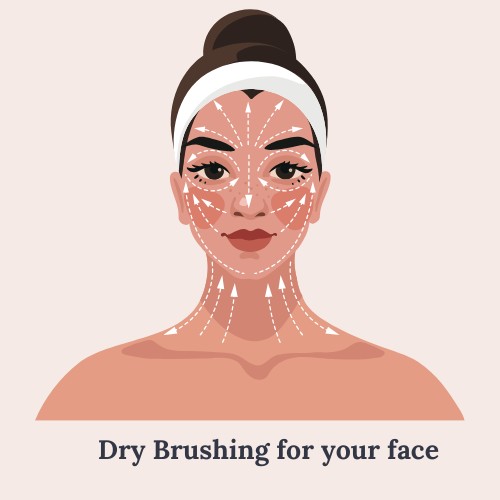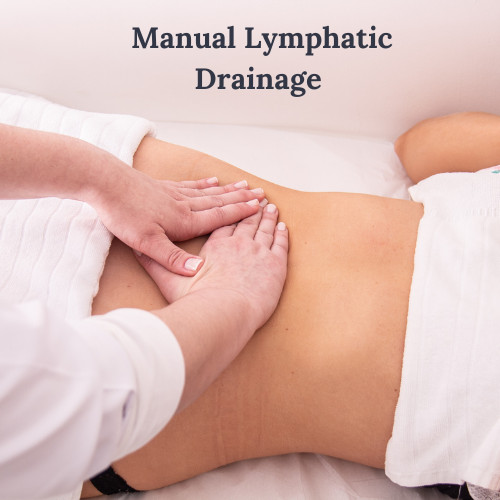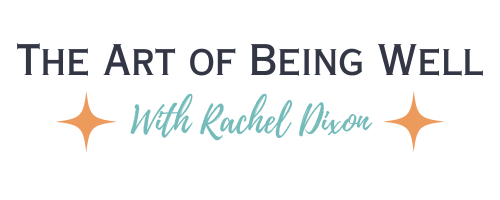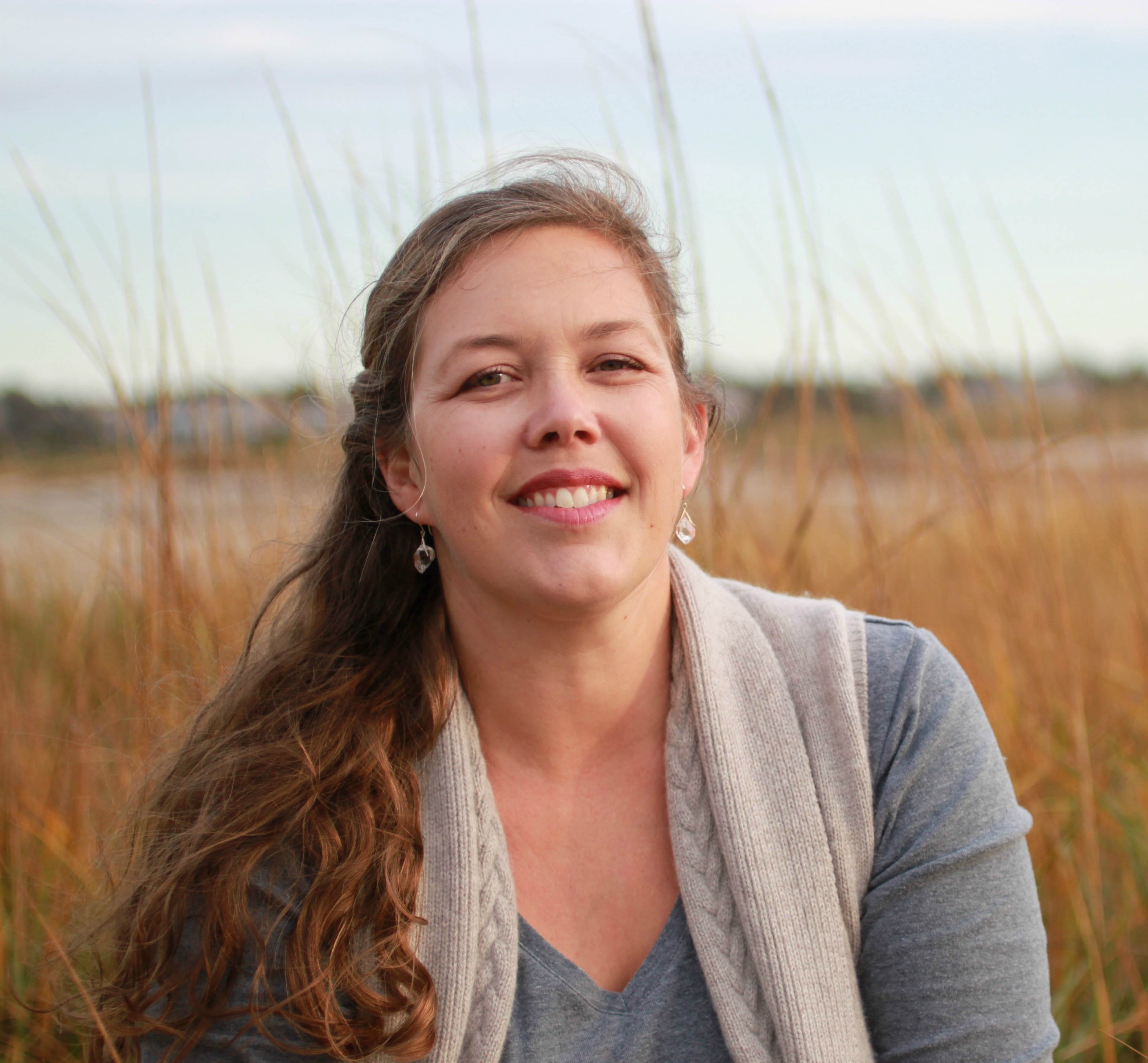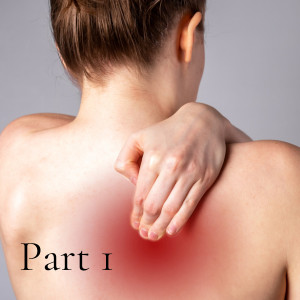
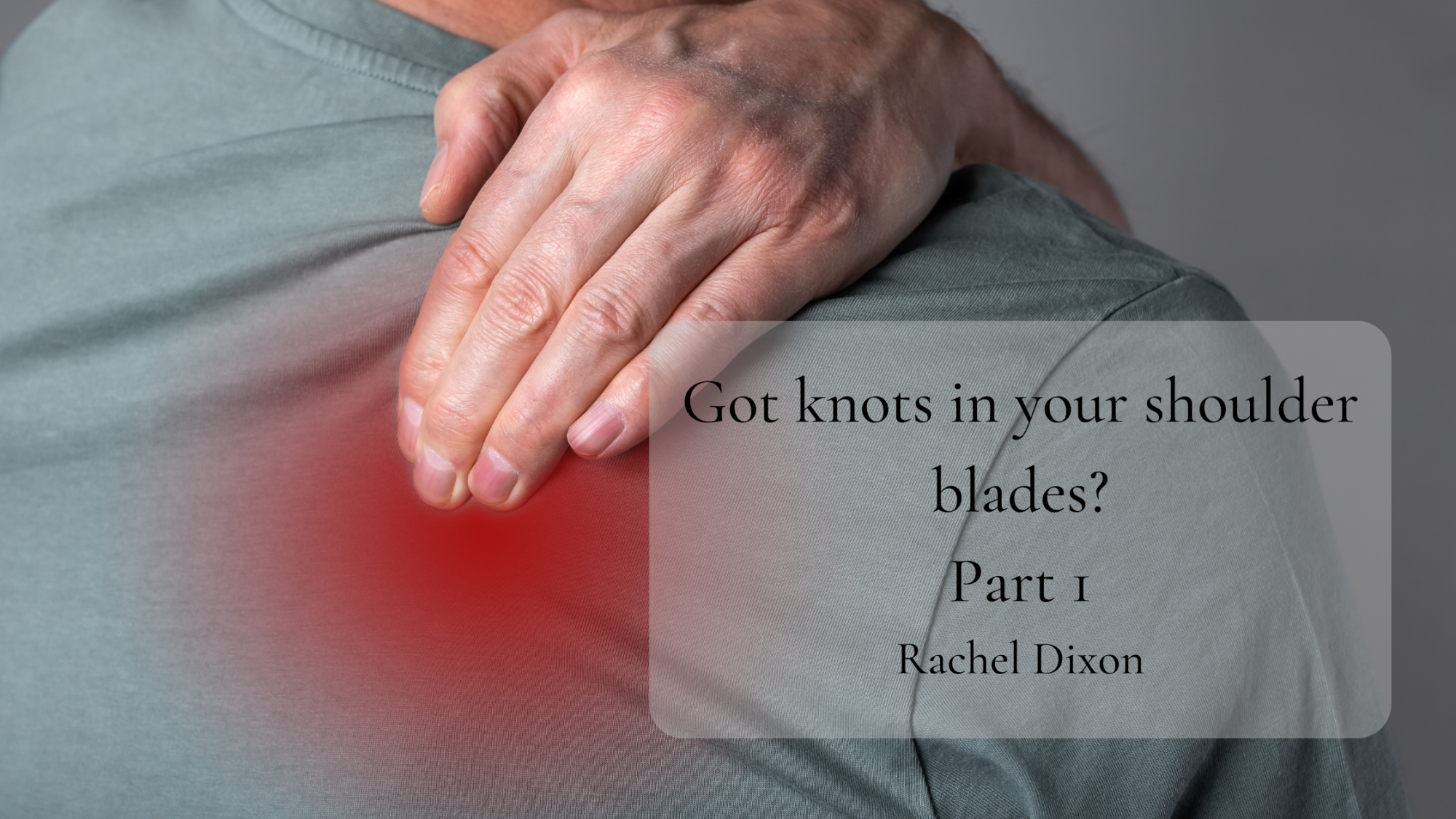
Many people complain of knots and tension between their shoulder blades…
Why is it so common?
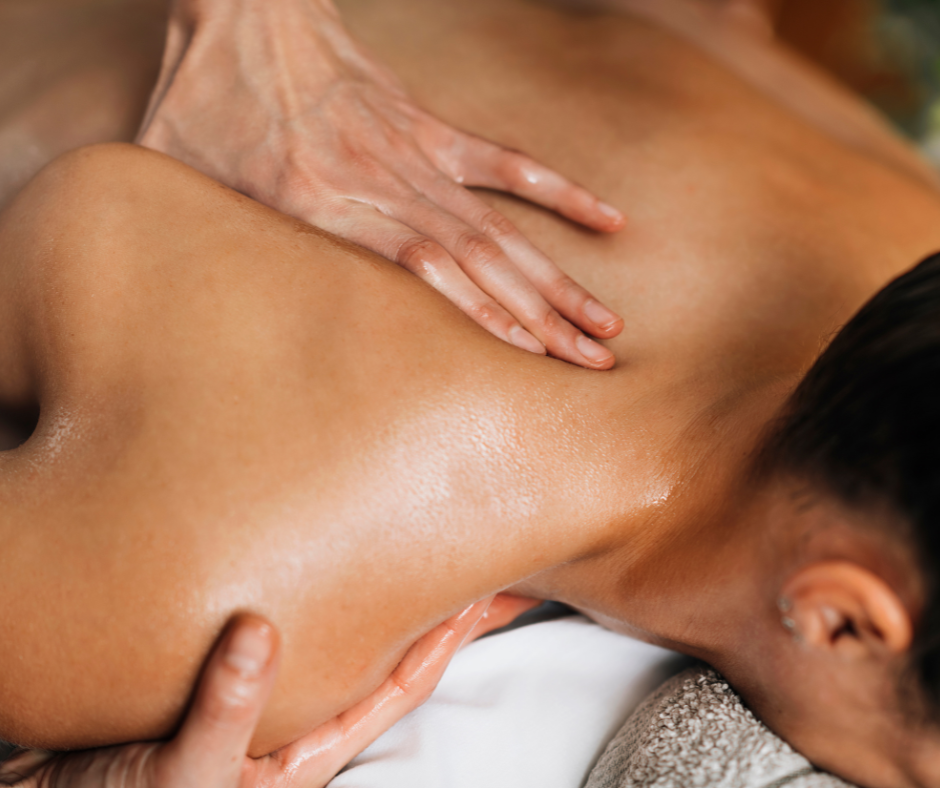
While every person is individual, many people have similar posture and movement habits. (Thanks computer devices!)
*Most* people with the tension and knots in their shoulders have a rounded upper back and shoulders more forward. We do a lot of movement from this forward, rounding area!

The joint by joint purpose of the rib cage is supposed to be SLIGHTLY mobile and the scapula (your "wing bones") stable. In movement dominant shoulders when our scapulas wing out-and become unstable, the rib cage tends to get rounded and TIGHT!
If this area is really tight and rounded, go slowly so you don't get muscle spasm's. PASSIVE E-cises that use gravity to reduce the tension and makes a big difference here are:
Egoscue Static Back The entire back relaxes in the static back e-cise, but gravity reduces the thoracic rounding. It’s passive- we lie there and gravity does the work.
Directions: Lie down and place your lower legs on a chair. Your hips and knees should be at right angles. Your arms can rest by your side. Your head should be level- if your chin is pointing to the ceiling, place a small pillow behind your head to level it off. (And breathe!)
Egoscue Static Back Reverse Presses: After we reduce the thoracic rounding (a few minutes in static back) we add active reverse presses (pressing into the ground). This produces active work between the shoulder blades, further reducing the thoracic rounding.
Directions: In the static back position, put your arms straight out to the side, elbows on the ground and hands up the the ceiling like goal posts. Press your elbows down into the ground. (Note: you won’t go anywhere, but you will feel work happening between the shoulder blades.)
Do this daily or as needed to reduce rotation and passively align the upper thoracic area and scapula for a stress-free upper back!
Standing Arm Circles: This creates a more stable scapula so you can avoid the rounded thoracic area.
Stand with your arms out to your side- active gophers grip. With arms level, and thumbs pointing forward, make small, fast circles in one direction. Stop, point thumbs towards the back and repeat the arm circles in the other direction. If you feel your shoulders creep up to your ears- STOP.
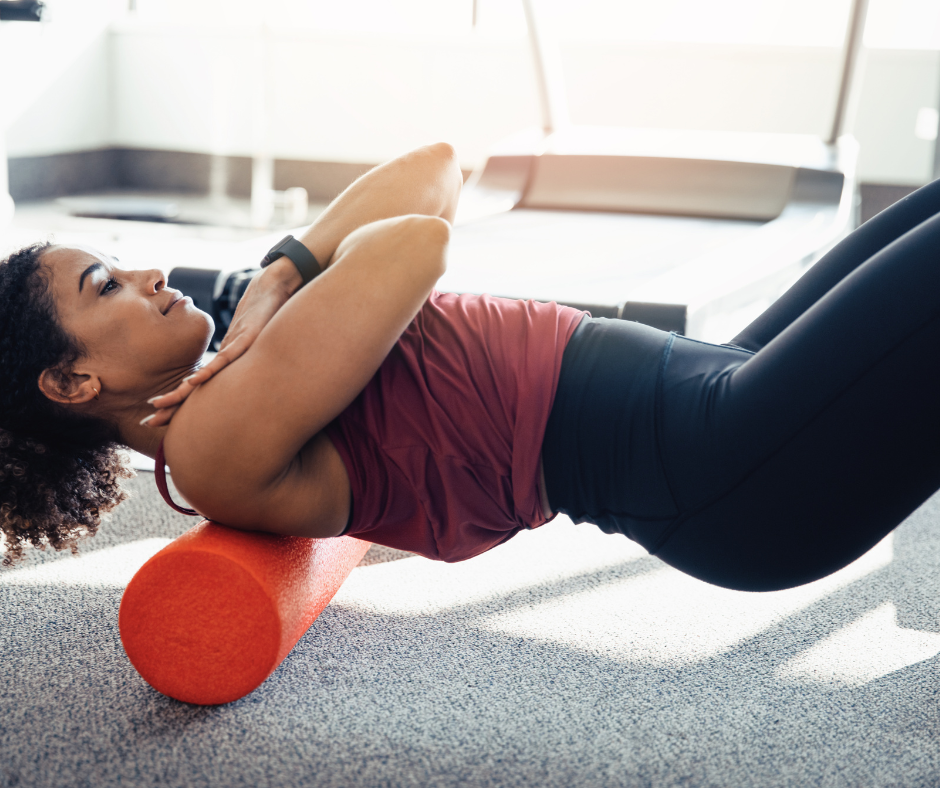
Other things you can do to help:
Foam roller: Reduce tension using a foam roller on the upper back. First lie vertical on it- from head to tail bone. Allow your hands to go out to the side, stretching your pecs. Breathe. Then change positions to lie horizontal on it, rolling the upper back to release tight upper back tissue. Stretch back (only the upper back- not the lower.)
For more information, or to schedule an appointment, contact Rachel Dixon at



